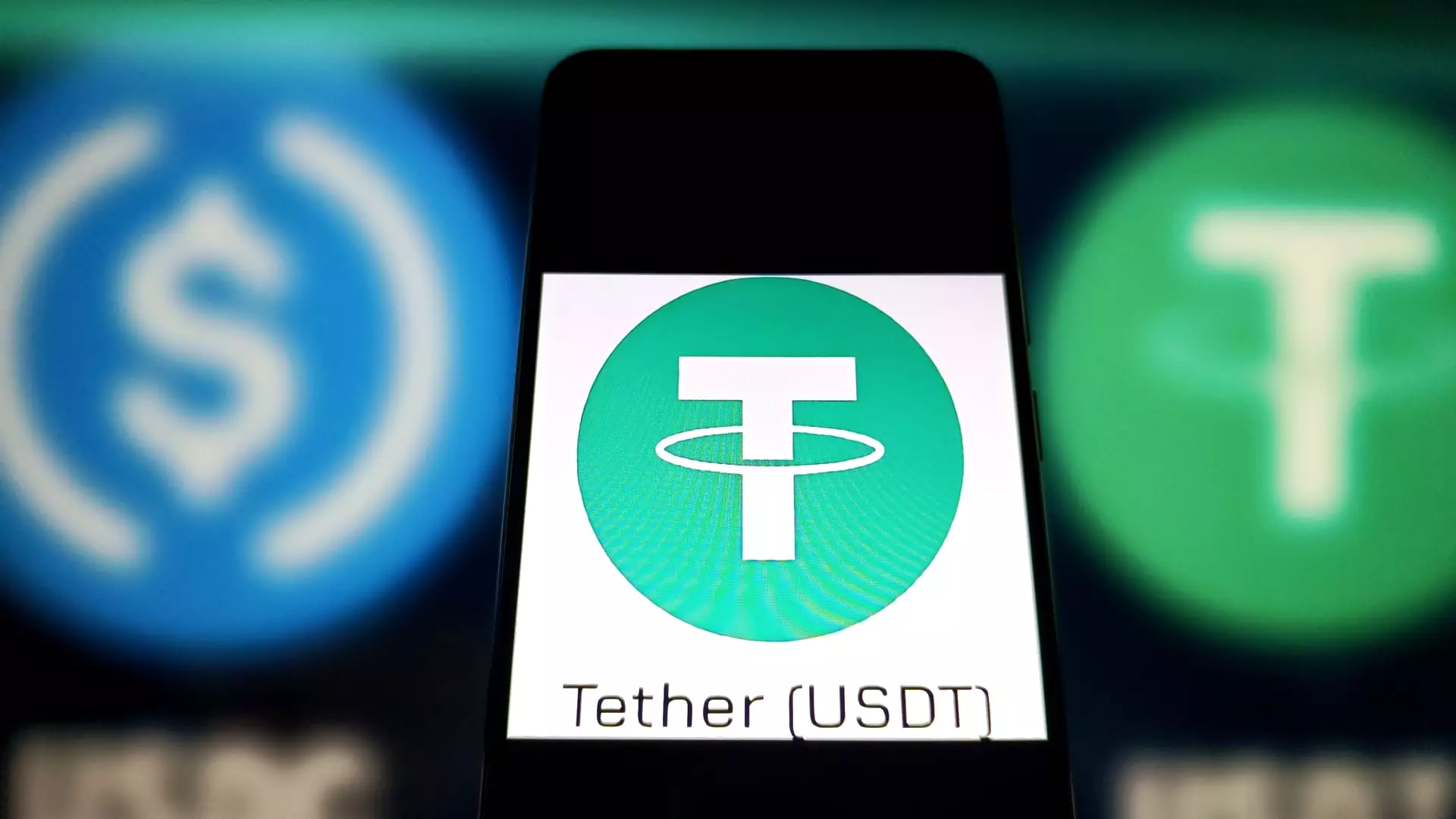In a groundbreaking move, Hong Kong has recently passed a stablecoin bill, marking a pivotal moment in the realm of cryptocurrency regulation. As various governments worldwide begin to recognize and engage with digital assets, this legislative act positions Hong Kong at the forefront of responsible financial innovation. By creating a regulatory framework for stablecoins, which are less volatile than traditional cryptocurrencies like Bitcoin, the Hong Kong government has signaled its commitment to fostering both financial stability and technological advancement.
Stablecoins are unique in that their values are tied to real-world assets, such as fiat currencies or commodities like gold. Unlike their more erratic counterparts, stablecoins are designed to maintain a steady value, thus presenting a more stable option for investors and users. With this new law, stablecoin issuers in Hong Kong will be required to secure licenses from the Hong Kong Monetary Authority (HKMA) and adhere to stringent guidelines concerning asset management and client asset protection. This regulatory control is essential for building trust among users, mitigating risk, and enhancing the overall credibility of the cryptocurrency ecosystem.
A Global Benchmark for Compliance
YeFeng Gong, a leading figure in cryptocurrency risk management, aptly stated that Hong Kong’s stablecoin policy sets a global benchmark. By mandating full reserve backing and strict redemption guarantees, the Hong Kong legal framework aims to establish institutional-grade reliability that can invigorate the market. This level of oversight not only builds confidence amongst traders but also demonstrates a commitment to a compliant digital finance landscape.
Interestingly, this regulatory development aligns with recent movements in other parts of the world, including a proposed legislative framework in the United States known as the GENIUS Act. As jurisdictions like the European Union, Singapore, and Japan implement their own stablecoin regulations, it’s evident that global momentum is shifting towards comprehensive oversight of these digital assets. This trend underlines a universal recognition of stablecoins as critical components of both cryptocurrency and traditional financial systems.
The Underlying Potential of Stablecoins
Chengyi Ong, a head policy analyst at Chainalysis, highlights the transformative potential of stablecoins, noting how they can improve traditional finance by smoothing out the clunky processes that often hinder it. From facilitating quicker cross-border payments to enhancing settlement processes, the utility of stablecoins is multi-faceted and undeniable. They pave the way for greater inclusivity in finance and empower individuals by providing alternative financial solutions outside traditional banking frameworks.
However, it’s crucial to recognize that not all stablecoins are created equal. The effectiveness and credibility of these assets will heavily depend on the regulatory frameworks governing them. Hong Kong’s motion to mandate strict guidelines sends a strong signal to the global market, urging other jurisdictions to seriously consider similar measures. In doing so, they can help cultivate a trustworthy environment that encourages further adoption of blockchain technologies and digital assets.
The Broader Implications for Financial Innovation
The potential implications of Hong Kong’s stablecoin legislation reach far beyond its own borders. As a major financial hub in Asia, Hong Kong has the power to influence the regulatory landscape around the world. By fostering a secure environment for stablecoins, they not only stand to bolster their local economy but also catalyze the growth of fintech innovations on a global scale.
As the current market data suggests, the total market cap of stablecoins has soared to approximately $232 billion. This speaks volumes about their increasing significance within the larger financial ecosystem. Governments recognizing this asset class’s potential, especially in overcoming the inefficiencies plagued by traditional financial systems, illustrates the continual evolution of money.
In this landscape of emerging regulatory frameworks, it’s essential that regulators aim not only for safety and stability but also for enhancing innovation. The intersection of caution and creativity should be the guiding principle, ensuring that while we protect users and foster trust, we don’t stifle the very innovation that can redefine the future of finance. As Hong Kong takes this monumental step forward, the world watches closely, and the stakes have never been higher.


Leave a Reply